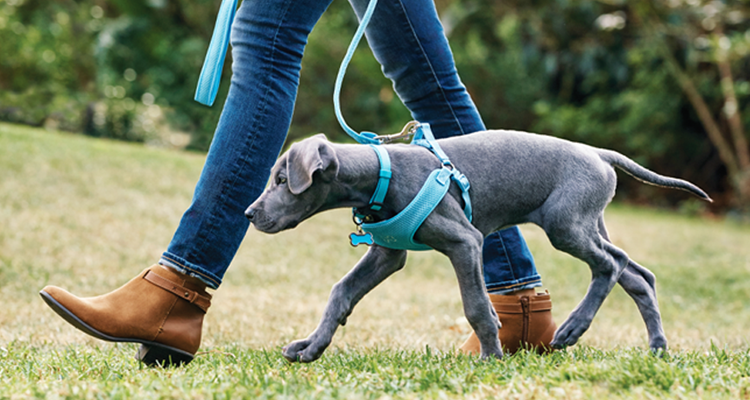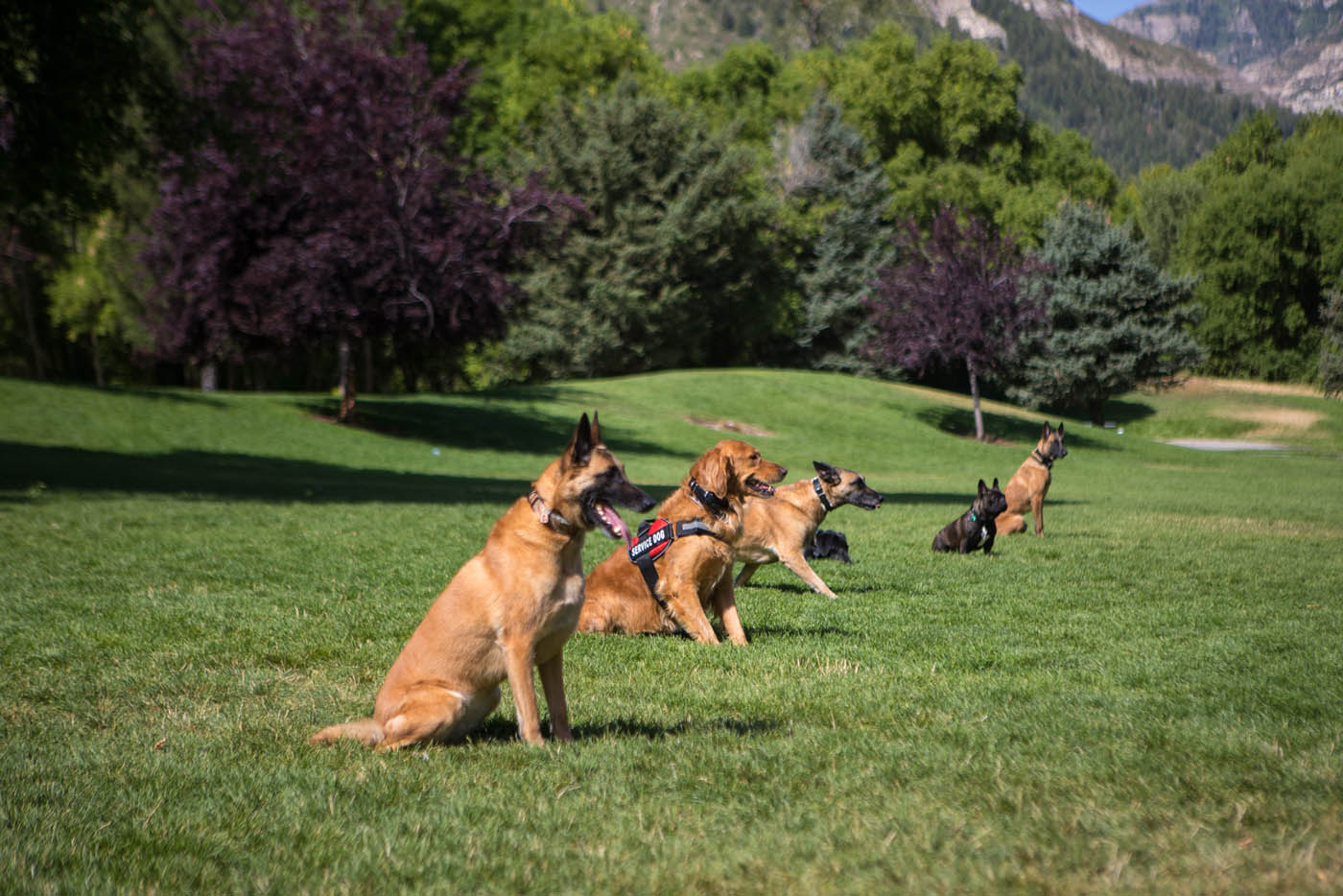Transform Your Dog's Behavior with These Proven Dog Training Methods
Transform Your Dog's Behavior with These Proven Dog Training Methods
Blog Article
Novice's Overview to Effective Pet Dog Training in your home
Successfully educating a dog in your home calls for a nuanced understanding of canine behavior and efficient interaction approaches. Developing clear training objectives, using high-quality incentives, and preserving uniformity across household members are essential elements. In addition, incorporating training into daily routines can enhance both involvement and retention. However, lots of novice instructors experience obstacles that may prevent development. To navigate these intricacies successfully, it's necessary to explore a number of essential aspects that can change your technique and bring about a harmonious connection with your pet. What essential principles should every newbie grasp to guarantee success?
Understanding Dog Habits
Comprehending canine habits is vital for efficient training and promoting an unified partnership in between humans and their canine companions. Pet dogs connect largely with body language, vocalizations, and facial expressions, making it important for proprietors to analyze these signals properly. Acknowledging actions such as tail wagging, growling, or shrinking can give insights right into a dog's mood and intentions.

Usual behavioral issues, such as aggressiveness, anxiety, or excessive barking, frequently come from misunderstandings or unmet demands. Observing and dealing with these problems quickly can prevent acceleration and make sure a positive training experience. By cultivating a deep understanding of pet habits, proprietors can tailor their training methods to suit their canine friends, inevitably bring about a satisfied and well-behaved family pet.
Crucial Training Devices
A fully equipped training room can considerably improve the efficiency of pet dog training in the house. Essential training tools guarantee that both the pet and the instructor can involve in effective sessions that cultivate learning and bonding.

Buying a durable chain and a comfy, well-fitting collar or harness is essential for security and control. These devices help develop boundaries and ensure the pet stays secure throughout training. Additionally, a marked training area, devoid of disturbances, aids focus for both the pet dog and the fitness instructor.
Training aids such as training pads, cones, or dexterity equipment can additionally boost the experience by introducing variety and difficulties. Lastly, having a notebook or electronic app for tracking development can be vital, allowing you to note successes and locations for improvement. Utilizing these necessary tools will create a favorable training setting and lay the structure for reliable discovering.
Creating a Training Regimen
Developing a consistent training regimen is crucial for effective pet dog training in your home. A well-structured regular not only aids in reinforcing wanted habits yet additionally gives your pet with a complacency and predictability. To develop an effective training routine, begin by identifying particular training goals, such as fundamental commands, chain strolling, or house-training.
Pick a designated time each day for training sessions, ideally when your dog is alert and receptive. Procedure needs to be brief, about 5 to 15 mins, to keep emphasis and stop tiredness. Consistency in timing and atmosphere will enhance your dog's learning experience.
Incorporate training into day-to-day activities to reinforce abilities. For instance, practice commands during walks or mealtime, which integrates discovering into natural routines. Furthermore, remain flexible and readjust the routine as necessary, suiting your pet dog's energy degrees and mood.
Favorable Support Strategies
Favorable support techniques are basic to efficient canine training, promoting preferred actions via benefits rather than punishment. This method uses favorable stimuli, such as deals with, praise, or playtime, to encourage pet dogs to duplicate particular actions. The keystone of this strategy is timing; rewards need to be offered promptly complying with the desired actions to develop a clear organization.
When implementing positive support, it Website is important to select incentives that are inspiring for your dog. High-value deals with, such as small pieces of hen or cheese, can be especially reliable during training sessions. Furthermore, differing the rewards can keep your dog's rate of interest and excitement.
Begin with straightforward commands, like "sit" or "stay," and slowly development to more intricate tasks. Uniformity is crucial; ensure that all member of the family make use of the exact same commands and incentive systems to stay clear of complication.
Additionally, it is crucial to continue to be person and prevent disappointment. Pets, like humans, discover at their very own rate. By fostering a helpful training setting through positive reinforcement, you can improve your dog's knowing experience while reinforcing the bond in between you and your furry companion, laying the foundation for effective training outcomes.
Common Training Difficulties
While educating a dog at home can be a satisfying experience, it frequently includes a collection of common challenges that can check both perseverance and consistency. One common concern is diversion. Pets may end up being quickly averted by sounds, activities, and even scents in their environment, making it challenging to preserve their focus during training sessions.
Another difficulty is inconsistency in commands and reinforcement. It can puzzle the canine and prevent progress if family members utilize different signs or incentives. Establishing a unified method is essential for reliable interaction.
Furthermore, dogs can experience aggravation or stress, especially if they do not recognize what is anticipated of them. This can cause undesirable actions, such as barking or chewing.
Lastly, the timing of support is critical (Dog training). Postponed incentives can decrease the effectiveness of positive support, as pet dogs might fall short to link the behavior with the reward
Overcoming these challenges needs dedication, clear communication, and a structured training strategy. Acknowledging and dealing with these typical obstacles will certainly lead the way for an extra delightful and successful training experience in the house.
Final Thought
Finally, successful pet training in your home demands an extensive understanding of canine actions and effective interaction techniques. By developing clear training goals and using high-grade treats together with favorable reinforcement, the training process comes to be much more satisfying for both the dog and the fitness instructor. Flexibility, persistence, and uniformity are essential elements that assist in understanding. Ultimately, integrating training right you can try this out into day-to-day regimens boosts the bond between canine and owner, making the experience both productive and pleasurable.
Developing a regular training routine is important for effective pet dog training at home.Favorable reinforcement methods are essential to effective pet training, advertising desired habits through incentives rather than punishment (Dog training). By fostering a helpful training environment through positive support, you can improve your dog's discovering experience while strengthening the bond in between you and your furry companion, laying the foundation for effective training outcomes
In conclusion, successful canine training at home requires an extensive understanding of canine actions and effective interaction techniques. By establishing clear training objectives and making use of premium deals with together with positive reinforcement, the training process ends up being more rewarding for both Continue the dog and the instructor.
Report this page